
Yulia_Davidovich/iStock/GettyImages
Trying to keep your family's caloric intake stable can be a full-time job. Your kids' calorie needs will change throughout their childhood and teen years. There's no magic number for the amount of calories you should eat at breakfast, lunch and dinner, although your meals should be about the same size, according to the Family Doctor website. Before you calculate how many calories each meal should contain, you must calculate your total daily calorie requirements.
Calorie Requirements
Calorie requirements vary according to several factors, including your gender, age, body frame, current weight, height, level of physical activity and hormone balance. Daily Value percentages on food labels assume a 2,000-calorie diet, but your caloric needs may be more or less. Most people need 1,600 to 2,400 calories each day; athletes require a larger caloric intake, while minimum calorie requirements usually don't go below 1,400. Calorie requirement calculators are available online, or you can talk to a doctor or dietitian about your specific calorie needs.
Cutting Calories for Weight Loss
If you want to lose weight, you have to burn more calories than you consume. Cutting 500 to 1,000 calories from your daily caloric requirement helps most people lose 1 to 2 pounds per week. Don't try to lose more than that -- slow, steady weight loss is safer and more effective than rapid weight loss. Cut calories equally from all your meals instead of skipping meals, because skipping meals -- including breakfast -- leaves you fatigued and increases your chances of overeating.
Examples
A 155-pound woman who exercises regularly probably needs about 2,300 calories daily. She can get these calories by eating three meals of approximately 760 calories each, three meals of 650 calories and a snack of about 350 calories, or by eating five to six smaller meals that are each about 380 to 460 calories. An inactive woman who weighs 120 pounds probably needs about 1,700 calories daily. This equals three meals of about 566 calories each, three meals of 500 calories and a snack of 200 calories, or five to six meals of about 280 to 340 calories each.
Alternatives to Counting Calories
If counting calories sounds like too much work, don't worry -- you don't have to count every calorie to lose weight or stay healthy. Instead, focus on getting at least three balanced meals that follow healthy eating guidelines. For example, eat filling, low-calorie whole grains, such as oatmeal, lentils and other legumes, as well as plenty of fruits and vegetables. In addition, choose low-fat dairy products, eat smaller portions of meat and stay away from fried foods and fast food, as well as soda, juice and other high-calorie drinks. Choose light creamy dressings for your salads and for dipping vegetables at snack time. If you indulge at one meal, choose something healthier for your next meal.
Related Articles

High Fiber & Protein Diet Menus

Nutrition Information on Blueberries
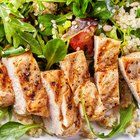
When to Eat & Exercise With P90X

A Daily Meal Plan With Protein, Grains, ...

How Much Weight Do You Have to Lose to ...

Diets of Asian Martial Artists

Nutrition to Help Your Child Grow Taller

2500 Calorie Menu

How Much Vegetables Per Day Can I Have ...

Can I Exercise on the Master Cleanse ...

Bodybuilding and Losing Fat With Skim ...

What Should I Be Eating to Lose Weight?
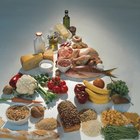
The Importance of Eating Lunch to a ...

Couch to 5K Diet
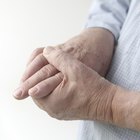
Foods to Avoid to Prevent Gout
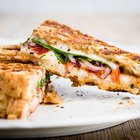
How Much Whole Grain Should You Eat a ...
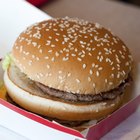
Pros & Cons of Fast Food

The Calories in Seafood Paella

The Carbohydrates in Blueberries
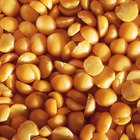
Which Is Healthier, Lima Beans or ...
References
Resources
Writer Bio
Rebekah Richards is a professional writer with work published in the "Atlanta Journal-Constitution," "Brandeis University Law Journal" and online at tolerance.org. She graduated magna cum laude from Brandeis University with bachelor's degrees in creative writing, English/American literature and international studies. Richards earned a master's degree at Carnegie Mellon University.